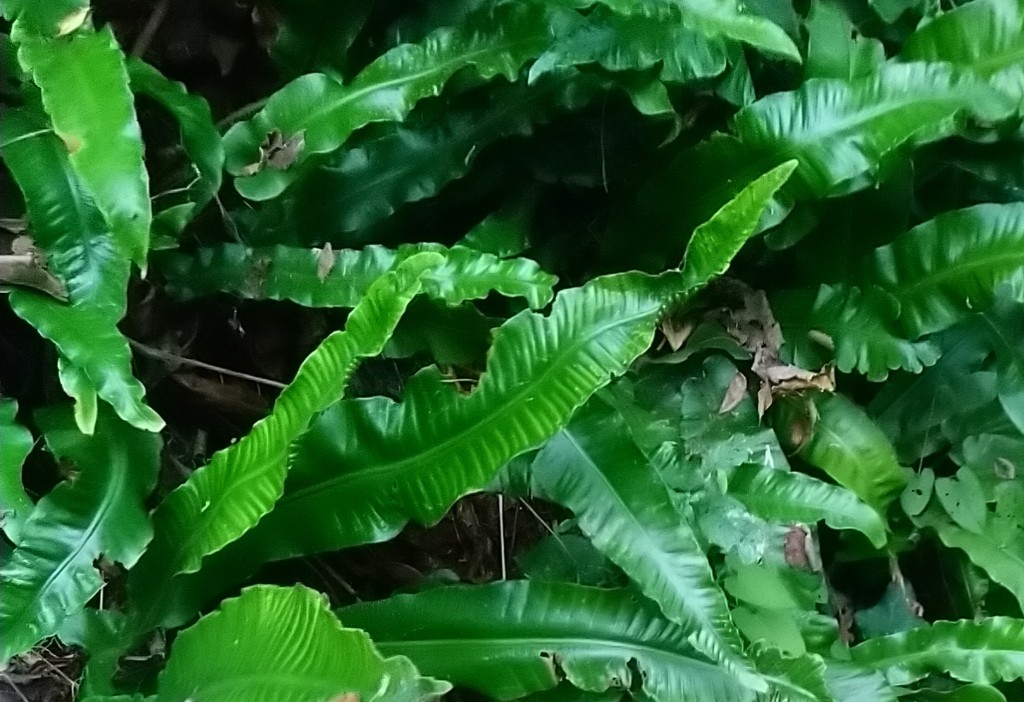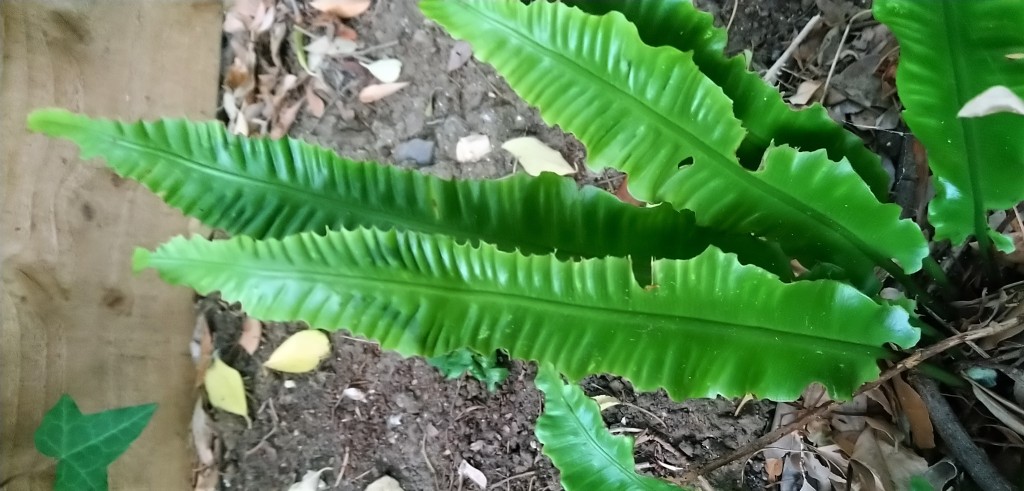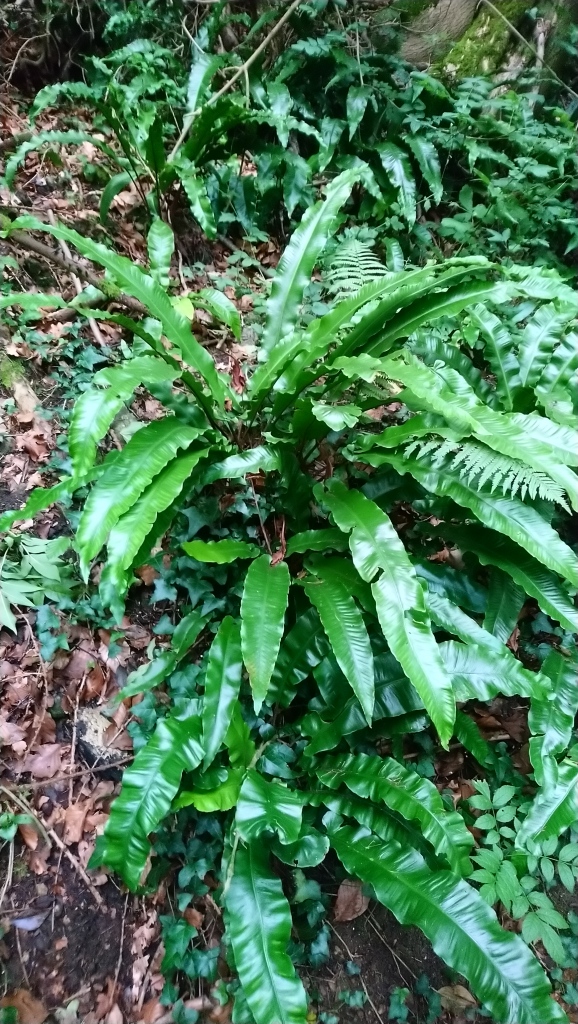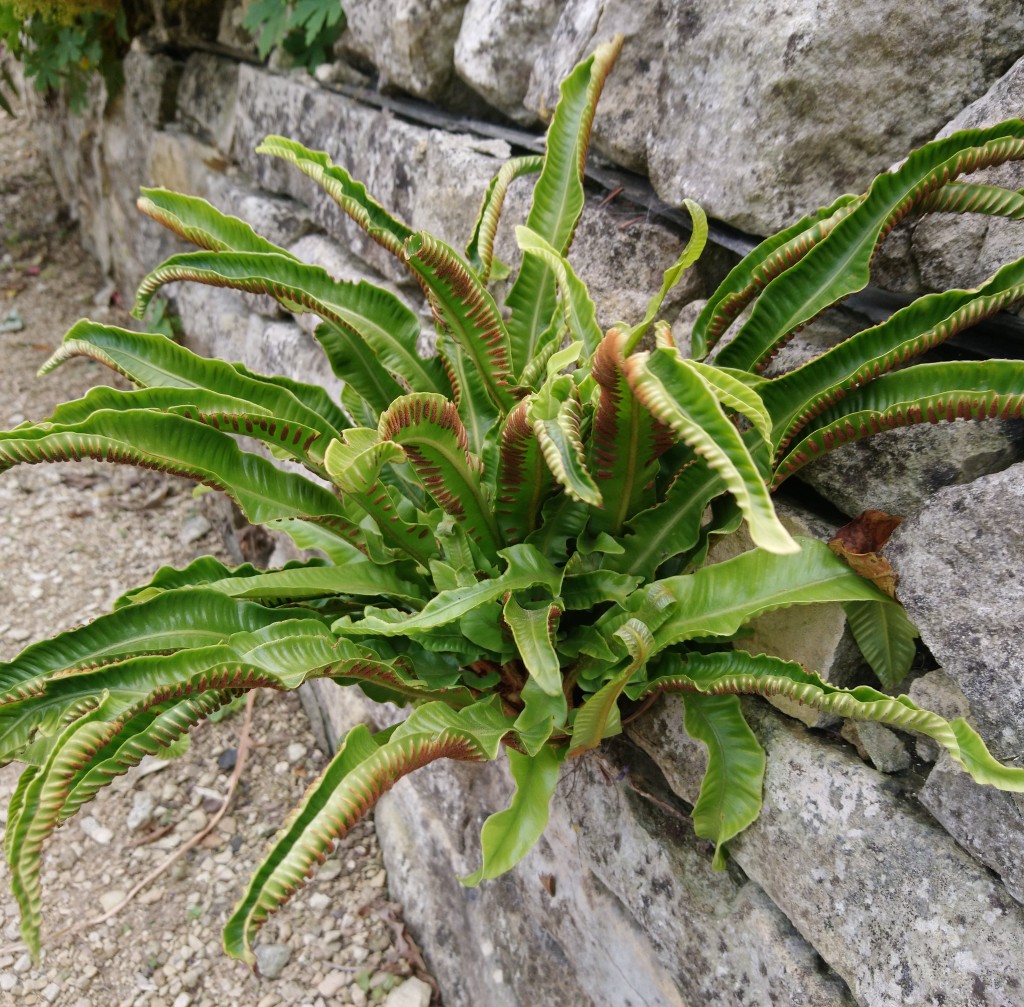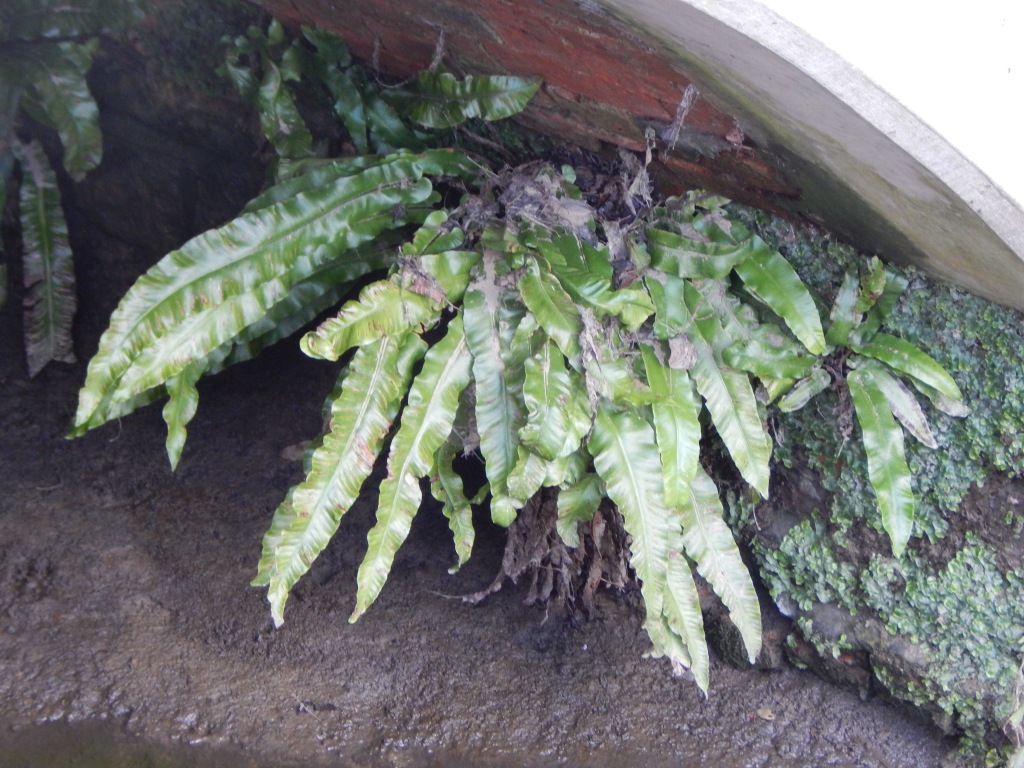
[284] Pteridium aquilinum, Bracken
Introduction
Pteridium aquilinum, Bracken is such a common type of fern that it is often called just fern.
It is also known as Brake, Common Bracken, or Eagle Fern.
Pteridium aquilinum was originally the only species in the genus Pteridium but is now split into about a dozen species, all called bracken.
Taxonomy
Kingdom – Plants
Division – Vascular Plants
Class – Polypodiopsida (Ferns, Horsetails and some others)
Subclass – Polypodiidae (Ferns)
Order – Polypodiales
Suborder – Dennstaedtiinae
Family – Dennstaedtiaceae
Genus – Pteridium
Scientific Name – Pteridium aquilinum
Its original name was Pteris aquilina.
Name
Bracken is an old Norse word for fern. Fern is from old Germanic roots, meaning feather, leaf or fern.
Pteridium is from Ancient Greek pteris, fern, cognate with pteron, feather. Aquilinum means eagle-like, which could be because of its fronds looking like eagle’s wings, but may be from the cross-section of the root!
I also feel that August Wilhelm Dennstedt (or Dennstaedt), 1776-1826, the German Botanist deserves a mention. He had a species named after him that became the type species for a family and a suborder.
Description
If we leave out some extinct species and small groups, then vascular plants are either Angiosperms (Flowering plants and trees), Gymnosperms (coniferous trees) or Ferns.
We have already met [044] Hart’s Tongue Fern and [045] Maidenhair Spleenwort. [128-9] Horsetails sit on the edge and are either just included as ferns or just outside.
Bracken is a much more typical fern. Its large triangular fronds have the feather-shaped pattern that can best be described as fern-like! As all ferns, it reproduces by spores and its very light spores have supposedly helped it to spread across the World. Its creeping roots can spread to dense thickets.



Here are the leaves showing more clearly.
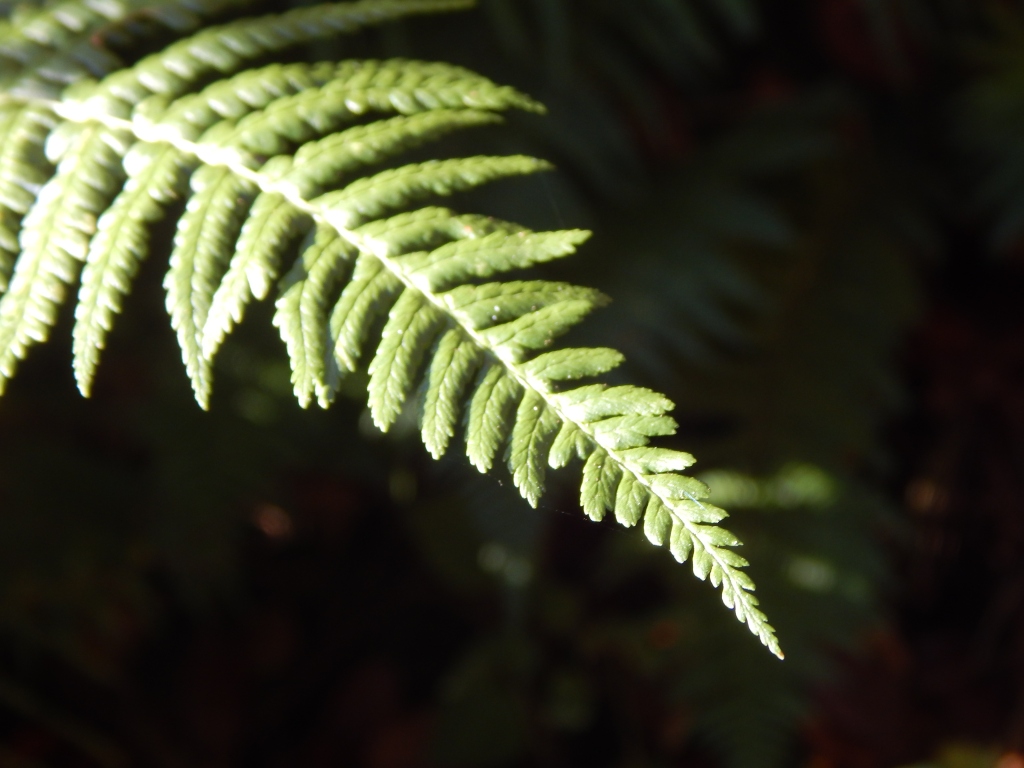



Bracken is deciduous and it remains attractive when its leaves have turned brown in the autumn.


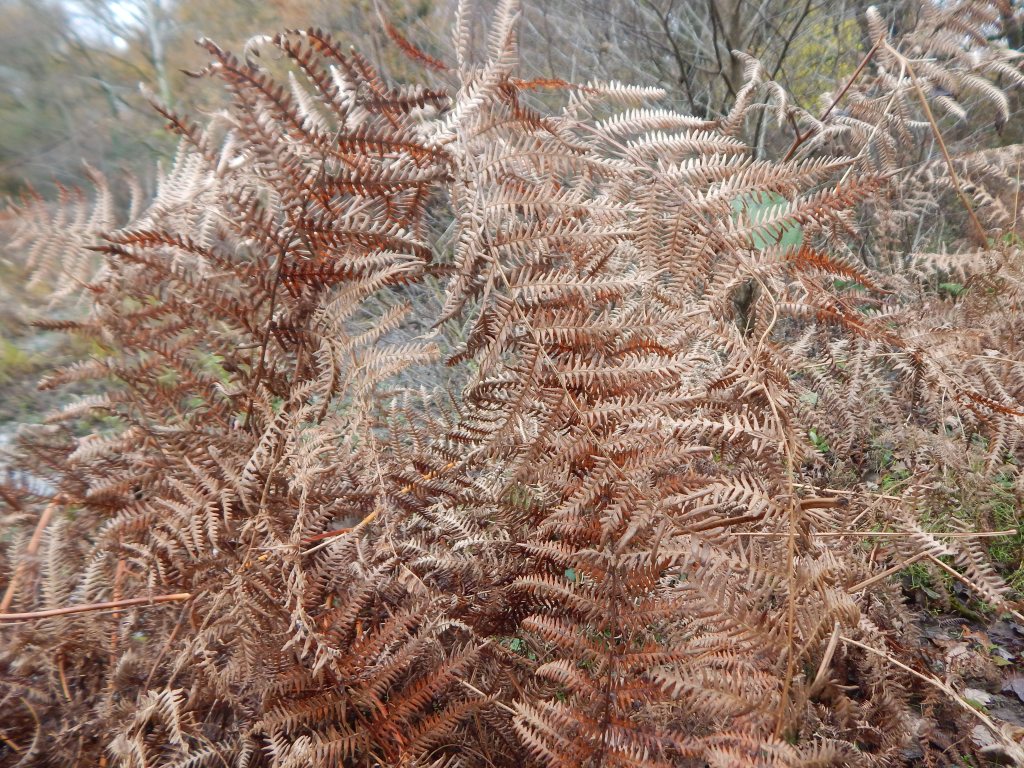


The new fronds develop by unfurling from fiddleheads, named from their resemblance to the end of a violin.


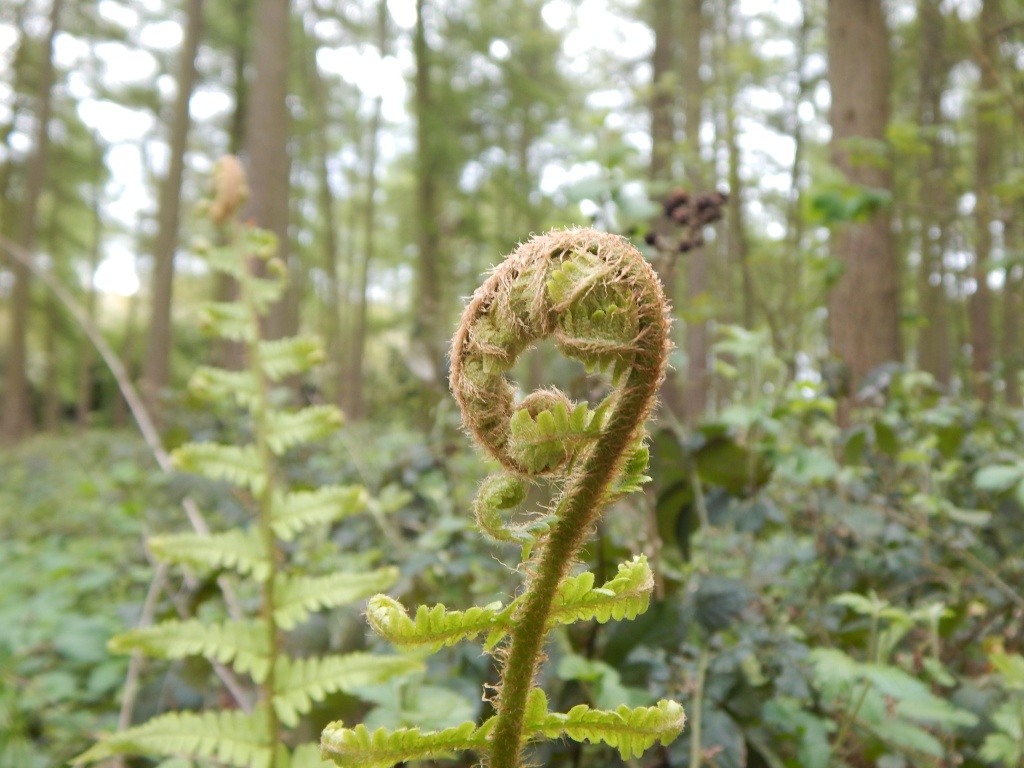

We have looked at the life-cycle of ferns in earlier posts. Bracken has similar spore heads hidden at the back of the fronds.

Here is a young plant with its fronds rapidly uncurling.
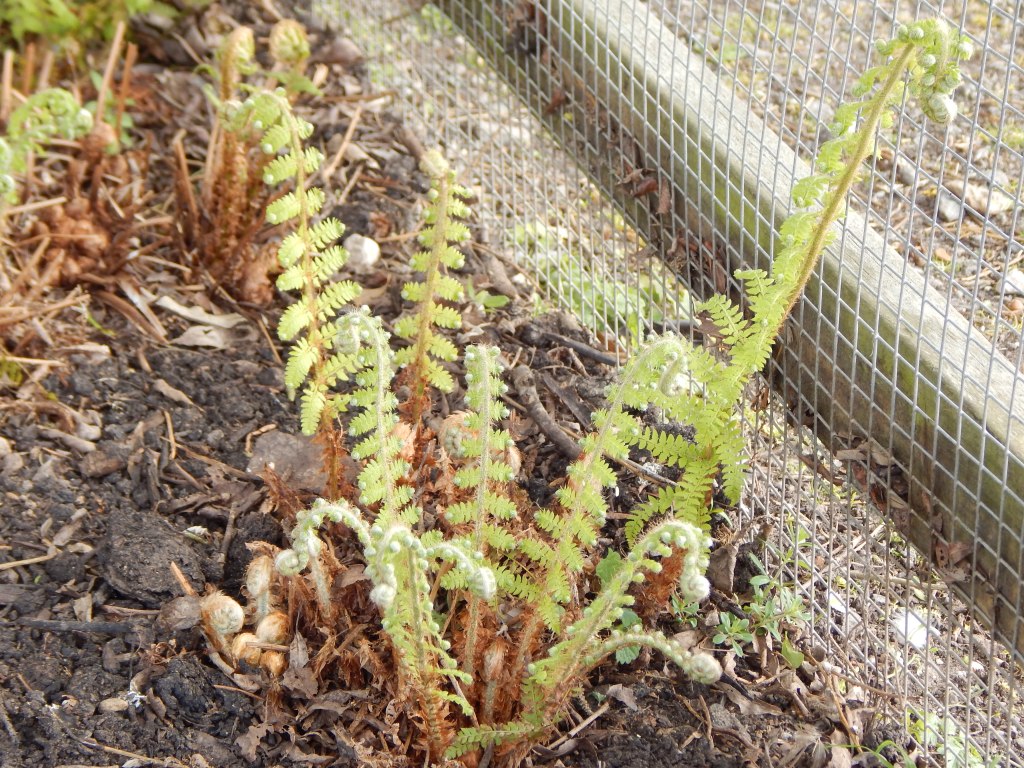
Habitat and use
Bracken is common and widespread across Europe, Eastern Asia and North America – in temperate and subtropical areas.
In the UK is a characteristic plant of moorland habitats but is not normally found at altitudes over 600 metres or in wet environments.
The fiddleheads have been eaten in many places throughout the World, either fresh, cooked or pickled. They are traditionally eaten in East Asia, especially in Japan Korea and China. The roots can be made into flour and, in the Canary Islands, have been used for a kind of porage.
The roots and fronds have been used to produce beer in Siberia and North America.
The leaves are also used to filter sheep’s milk in cheesemaking and to store freshly made ricotta cheese.
Other Notes
You may not see much bracken in towns or in agricultural areas but in unmanaged land it is very easy to find.
See also
Pteridium aquilinum is the last of my fern species. The others are listed above.

